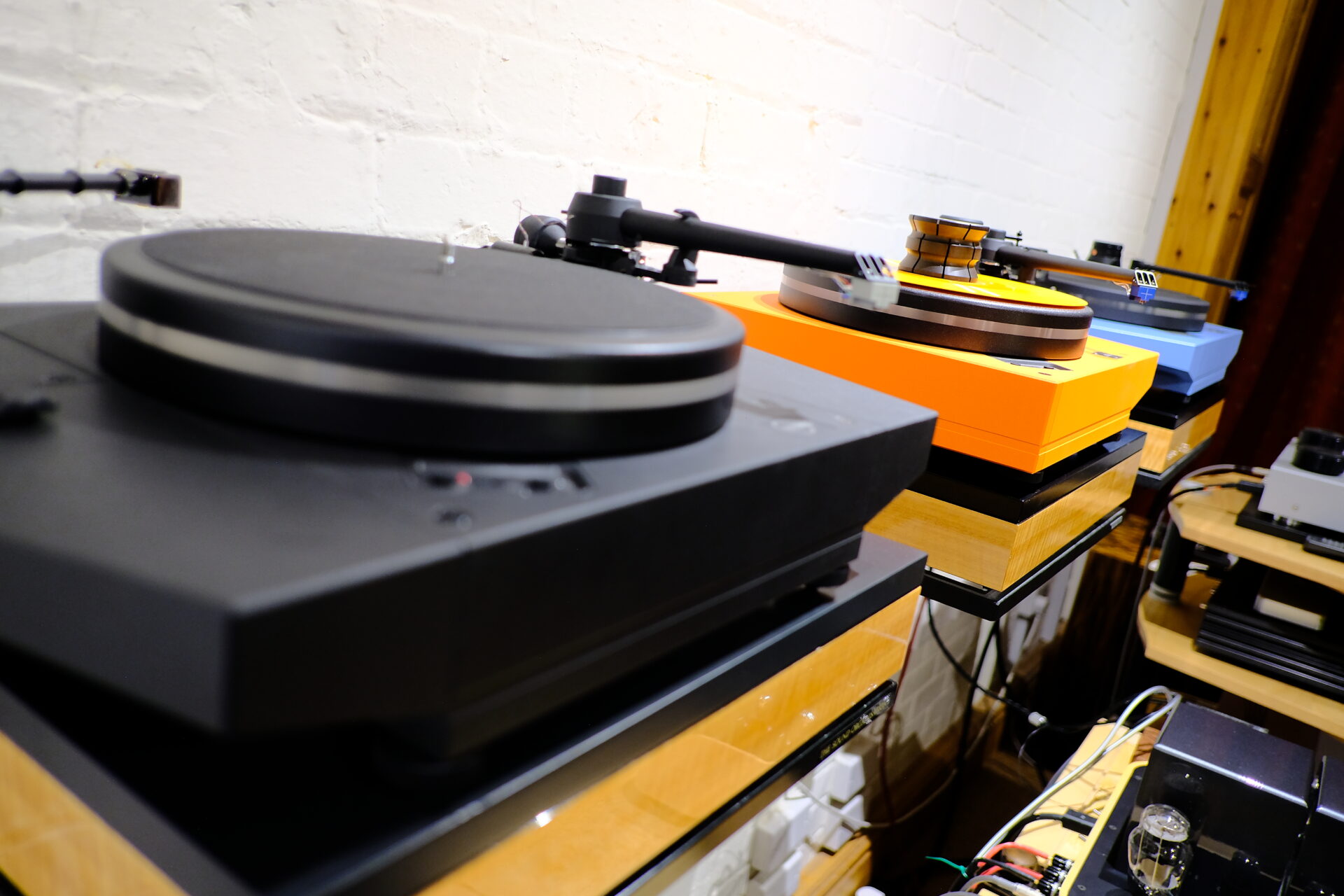Talking of numbers, the IBX also has a role to play here. The 94dB sensitivity is essential to getting the best out of a low-powered driving amp, but so too is the 35Hz -3dB point. That’s just enough extension to deliver convincing weight and scale, not enough to suck the output stage dry. Speaker designers tread an exacting tightrope and in this regard, Kevin Scott has got the balance just right. Working so closely with the manufacturer of the driving amp means that, as well as crossing that tightrope to reach his goal, he has created a speaker that is metaphorically able to stop for a headstand half way across. Which is where you hear the influence and experience of the R25A coming into play. Like other brands (notably Focal) Living Voice has reaped considerable benefit from all that work on out of band driver output. The revised speakers have a fluidity and easy dynamic response that makes them livelier, more agile and quicker to react, in turn making them sound even more efficient than the numbers suggest. You hear it in the uninhibited swelling of the orchestral crescendos in the New World, but you also hear it in the articulate phrasing of Víkingur Ólafsson’s Ravel and the ordered patterns of his Rameau, or the richer, woody tones and softer vibrance of Fyodor Druzhinin’s viola (compared to David Oistrakh’s violin). But above all, you hear it in the diction, phrasing and intelligibility of vocal lines. Listening to Natalie Merchant’s winsome singing on ‘San Andreas Fault’ (MFSL 2-45008), her voice has a presence and purity that eludes all but the best systems, irrespective of price, while familiar voices as disparate as Mario Biondi and Caroline Shaw are as recognisable as they are natural, as communicative as they are involving.

Confidence is a fragile commodity and, in the context of any high-performance pursuit, one that is easily lost. The perfect balancing act that has combined these components to create a system – a genuine system (ergo, a whole that’s greater than the considerable sum of its parts) – has given it serious stability and a planted centre of musical gravity. Torture tracks – big and small – that reduce your average system to a muddled heap of intermeshed noise are shrugged off with barely a ripple to disturb the calm musical demeanour, the result of the dynamic, temporal and tonal security to put the performance firmly first. It might be a cliché to describe this as a set up where you listen to the music rather than the system, but that doesn’t make it any less true. Except that in this case, you can go further still. This is a set up that lets each and every record sound different and distinct, delivering the message as well as the music. That expressive confidence reflects the self-confidence of the people who put this system together – and the confidence they have in the tools they’ve chosen to do the job. If there is a common theme that binds these disparate components together, it is the way in which they examine and question tradition and fashion, accepted wisdom and common practice. From the solid block of aluminium that’s carved out to create the turntable, to the specific power supply technologies selected at each point in the SJS components, the search for rare and exotic components to meet particular demands to the willingness to “roll your own’ when you can’t find something off the shelf, anything is fair game – just so long as it serves the musical end result. Enquiring minds should recognise that there’s no dogma here…

